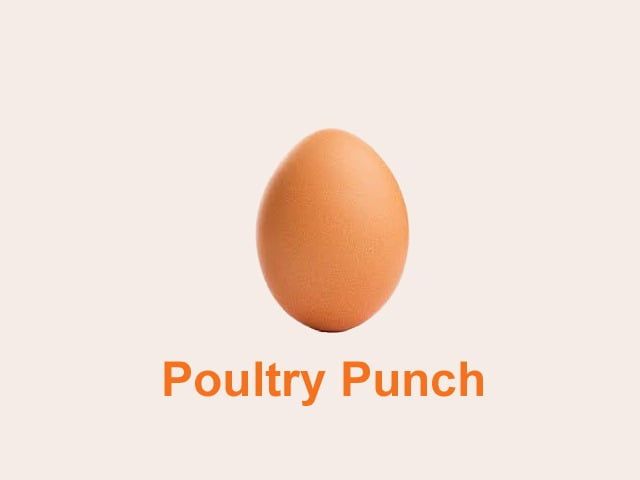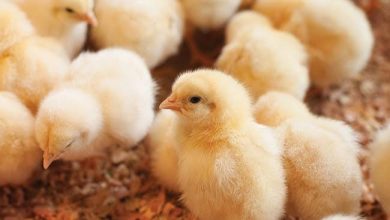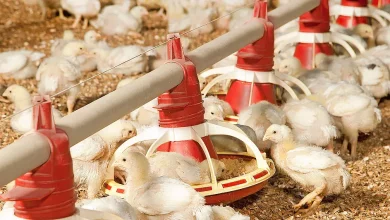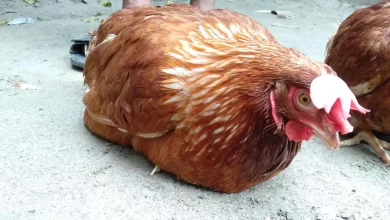Quail Farming: A Promising Alternative to Traditional Poultry

Parth Gaur1, Gitesh Saini2, Vinay Yadav2, Amandeep Singh3 and Amarjeet Bisla4*1Department of Animal Genetics and Breeding, Lala Lajpat Rai University of Veterinary and Animal Sciences (LUVAS), Hisar-125004, Haryana, India2Department of Veterinary Gynaecology and Obstetrics, LUVAS, Hisar-125004, Haryana, India3Veterinary Surgeon, Department of Animal Husbandry, Jammu, India4Division of Animal Reproduction, ICAR-Indian Veterinary Research Institute (IVRI), Izatnagar-243122, UP, India
Introduction
The continued rise in population of India necessitates the need to establish additional sources of animal protein. In this situation, the demand for poultry products has been increasing and Quail farming seems to be a promising enterprise in this direction. Quail is a collective name for several genera of mid-sized birds in the pheasant family Phasianidae, or in the family Odontophoridae. The quails are small, plump terrestrial birds. They are seed eaters, but will also take insects and similar small prey. They nest on the ground.
| Utility | Egg, Meat |
| Male | Cock |
| Female | Hen |
| Young one | Chick |
| Zoological name | Coturnix coturnix japonica |
| Chromosome number | 78 |
Why Quail farming is a better alternative to traditional poultry?
- Quails require minimum rearing space.
- Quail farming is a small investment and a cheap enterprise than chicken.
- Quails acquire early sexual maturity in approx 6-7 weeks.
- Quails lay 280 eggs/ year.
- Quail meat has low fat and is tastier than chicken.
- Quail eggs are far better than chicken eggs and have low cholesterol.
- Quails don’t require much vaccination and medication.
Breeds
Japanese quail and Bobwhite quails are the domesticated varieties of quail. Japanese quails are hardy, grows faster, has a short generation interval and is precocious. The meat is a delicacy. Specific lines developed for egg productions as well as meat production are available. Some other breeds are CARI Uttam, CARI Pearl, CARI Sweta, CARI Ujjawal.
Sex Differentiation
The males and females can be separated based on physical appearance at about 4-5 weeks of age. The males have an even coloured rusty brown breast feathers with only few speckles of white whereas the females have grey and black speckled breast feathers. The males also have a cloacal gland, which secretes a white foamy material. In contrast to most poultry, females are slightly heavier than males.
Housing
Housing is done in 2 manners i.e. Deep Litter and Battery System
- Deep Litter: In this system, 6 quails can be reared per sq. ft. According to studies, cage rearing after 2 weeks of age gives better weight gain. Litter should be dry to avoid managemental problems.
| REQUIREMENTS | Upto 1-3 weeks of age | ADULT |
| Feeder/ bird | 2 cm | 2-2.5 cm |
| Waterer/ bird | 1 cm | 1.5-2cm |
| Light | 24hrs | 12hrs |
| Laying nest | —— | 1 for each 5-6 bird |
| Floor space (cm2/bird) | 150 | 200-250 |
- Battery System: In this system, each unit is of 6ft length, 1ft width and has 6 subunits. Bottom of cage has removable wooden plate to remove droppings. The feeding trough is long and narrow and is situated in front of cage. Water trough is behind the cage. Commercially 10-12 birds in 1 cage can be placed. In case of breeding birds, 1:3 ratios must be followed. A cage of 3×2.5×1.5 ft is enough for 100 birds of 1-2 weeks. A cage of 4×2.5×1.5 ft is enough for 50 birds of 3-5 weeks.
If both systems are compared, there is increased % of laying, increase in no. of eggs, yolk index, albumin index, egg weight and shell thickness in deep litter system. In battery system, there is increased body weight, FCR and dressing %.
Brooding Management
The hatch weight of quail chicks is 6-7 g. They can be brooded either on deep litter or in battery brooders. However, brooding of the quail chicks in cages up to end of 3 weeks of age reduces initial mortality considerably.The floor space suggested is 75 cm2/ chick under the hover and 75 cm2/ chick as run space. The brooder temperature recommended is 37⁰C at the beginning and this should be reduced at 2.7⁰C per week until the chicks are 4 weeks of age, by which time the quails would have grown their feathers very well. During brooding, water should be given in shallow dishes filled with marbles or pebbles to prevent quail chicks from drowning. The marbles or pebbles can be removed when the chicks are about 2 weeks of age.The feeder space and water space recommendations are 2 and 1 linear cm per quail chick respectively. Natural brooding in case of quails is not much successful as quails are not natural brooders. So, artificial hatching is preffered. Hatchability in case of natural brooding is around 66% and a survival rate of 65-95%. Advantages are that it reduces labour, minimize brooding cost and stress. But sometimes death occurs due to stamping by hen, parasites or due to low temperature.
Care of breeding Quails
They bred in all seasons. Good fertility can be obtained with a male-female ratio of 1:2. After introduction of male to a female flock, fertile eggs can be collected from 4th day onwards. Optimum fertility is obtained when the age of breeding flock is 8 months. Hatchability of fertile eggs rapidly declines when eggs are collected from older females. However, this effect is not observed with males. Eggs are laid in evening. Peak is achieved around 6.30pm-7.30pm. Laid eggs are white with black, brown or blue patches. Also, eggs laid during 2nd year of production are less than 1st year.
Hatching Management
Shell of quail eggs are comparatively thinner and therefore should be handled carefully. Eggs should be held in an atmosphere free of dust and having a temperature of 14⁰C to 16⁰C with a relative humidity of 70 to 80%. Eggs held even under these conditions should be used for hatching within 7 days of holding. The incubation period of quail egg is 18 days. Quail eggs can be incubated artificially using forced draft incubator at a temperature of 36.9-37.2⁰C with a relative humidity of 60 to 70%. Eggs should be turned 4 to 6 times daily upto 14 days of incubation.
Feeding
Finely ground feed should be kept. 1 week chick eats around 5g feed. Adult animal eats around 25g feed. Composition of a feed is as following:
| Nutrients | Starter (0-3wk) | Grower (4-6wk) | Layer/Breeder (>7wk) |
| ME Kcal/kg | 2750 | 2750 | 2650 |
| Protein % | 27 | 24 | 22 |
| Ca % | 1 | 0.8 | 3 |
| P % | 0.45 | 0.45 | 0.45 |
Health Management
Japanese quails are hardier. They seldom have any disease problems. Therefore, there is no need for routine immunization programme as with other poultry species. One major disease that affects Japanese quail is Quail enteritis. This disease can be treated using appropriate antibiotics under Veterinarian’s advice.
Quail’s Egg and Meat Composition
| Nutrient | Egg (%) | Meat (%) |
| Water | 74 | 73.93 |
| Protein | 13 | 20.54 |
| Lipid | 11 | 3.85 |
| CHO | 1 | 0.56 |
| Mineral | 1 | 1.12 |
| Calorie | 156 | 192 |
Quail egg consists of 4 times Iron and Phosphorus compared to chicken.
Conclusion
In India, Quail farming started in 1974 yet it is in infancy stage till present day and lack of awareness and guidance remains the main reason for less popularization of Quail farming. Many people can start a successful venture of Quail farming if provided with proper guidance. Quail farming will not only be less laborious but also will yield high profits to the farmers and Quail farming will also reduces the stress on the chicken and will aid in hunger alleviation programs run by government and will make India a healthy and prosperous nation.




I am really pleased to say it’s an interesting post to read.
Best regards,
Boswell Hessellund